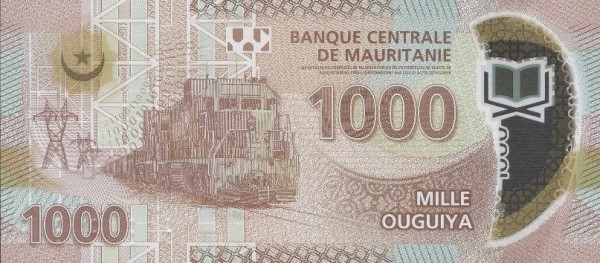Galapagos Tortoise – the gentle Giant !
If a 5000 Sucres Currency Note of Ecuador, depicts a tortoise and covers almost half the note area, it certainly must be unique!
“Galapagos”, the word inscribed on the same currency note, represents a volcanic Archipelago off west coast of Ecuador. It owes it’s name to the tortoises with large shells , resembling horse saddles. Galapagos is a Spanish word for saddle
Galapagos Archipelago (a group or chain of islands), lies at a distance of about 900 kms to the west of continental coast of Ecuador, a country in north-Western region of continent of South America. Within the Pacific Ocean, it is a home to large number of endemic species, both land and marine. Discovered in early 16th century, the Islands were named to be Insulae de los de Galapagos -ie. Islands of Galapagos by Flemish cartographer Abraham Ortelius – (source https://www.discoveringgalapagos.org.uk/ )
The Galapagos Tortoises are endemic species, only found on the volcanic Archipelago region. With a size running upto 6 feet in length, these are also popularly known as Giant Tortoises. Various sub-species of these tortoises are found within the different islands of the archipelago. They differ in appearance, size , saddle shape adapting to the local climatic conditions
Unique features
Weight : upto 700 pound
Size : 4-6 feet in length
Life : 80 to 120 years with some having known to have lived beyond 150 years
Challenge with endemic species is of extinction due to change in environment, natural disasters or human interventions. Due to the remote location of the islands, the native species are not found in any other areas of the world. Avoiding extinction is a challenge.
Galapagos islands have place in history as well. Charles Darwin visited the islands in 1835. The life that he saw here is believed to have inspired his well known Theory of Evolution.
Galapagos tortoises have been in news recently !
A Giant female tortoise (similar to the one on the currency note), of species considered extinct for last 112 years, was discovered in 2019 on Fernandina Island, part of Galapagos Archipelago. The last known giant tortoise of this species was in 1906 and was since considered extinct. Nicknamed Fernanda, by her discoverers – a joint expedition of Galápagos Conservancy, the Galápagos National Park Directorate (GNPD), and Animal Planet host Forrest Galante, race is on to find a mate and save the species.
The world has recently lost the legendary “Lonesome George” a Giant tortoise from Pinta Island in June 2012, pushing the species into extinction. The race is now on, to find a mate and save Fernanda from similar fate.
About Ecuador Sucre
In year 2000 , Ecuador adopted dollarization, an economic action of adopting US Dollar as the de-facto national currency, giving up or discontinuing the using of the current national currency. Following a decade of economic crisis wherein the Sucre lost its value substantially – from about 800 to a Dollar to about 25000 to a Dollar by 1999. With a runaway inflation at 60% the only way towards stabilization was to give up the currency move to more stable US Dollar as a Sadly this takes away the beautiful banknotes from circulation. They continue live though in stories they told , while they existed…
| Country | Ecuador |
| Region (Continent) | South America |
| Status | UN recognized country |
| Location | North West region of South American continent |
| Currency | Sucre (obsolete – replaced by US Dollars) |
| Currency Note Displayed | 5000 Sucre |
| Catalog Pick | P-126 |




